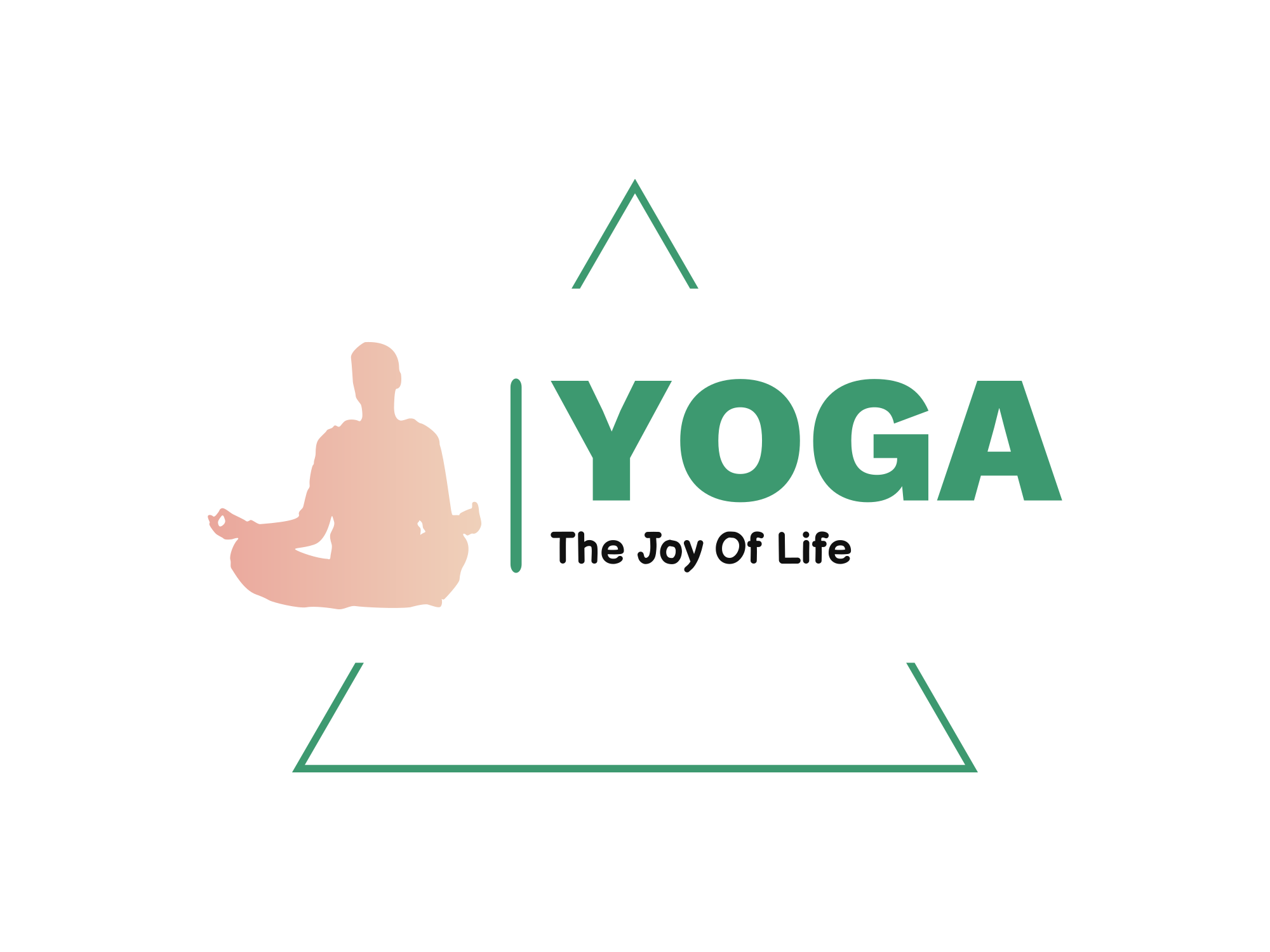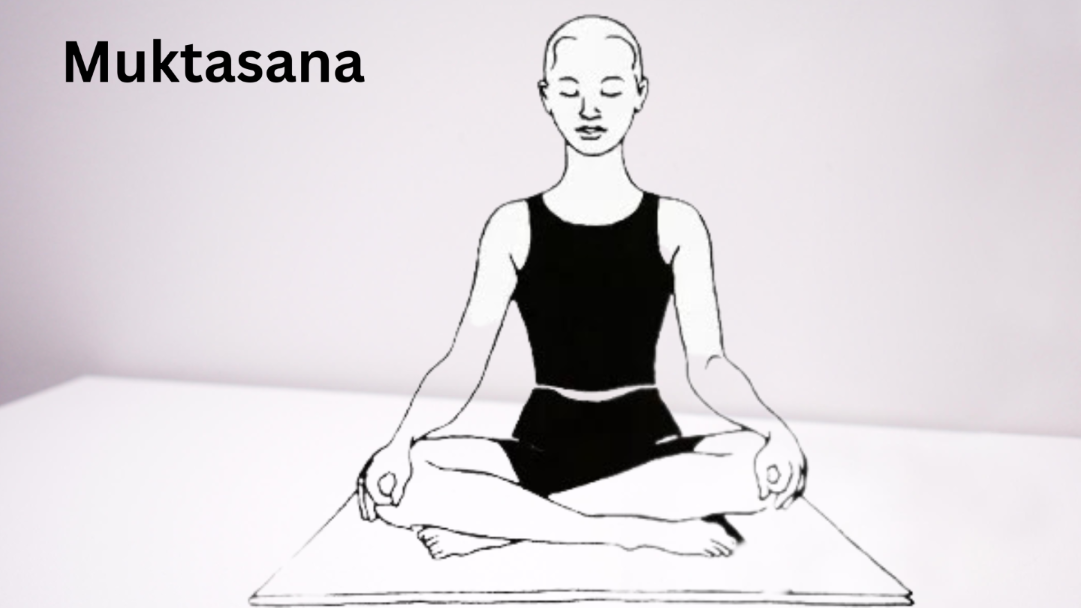Muktasana- Place the heel of the left foot on the ankle place the heel of the right foot on it and sit with the head and neck in front, keeping the body straight. This Mukta Asana is going to provide Siddhi for Yogis
The practice of Muktasana is very simple. Everyone can sit in this seat. Its other name is Sukhasana. By sitting in Muktasana, the entire weight of the body falls on a very small contact area between the buttocks and the floor. Therefore, sitting in this asana for a long time may cause pain in this area. In such a situation, a pillow can be placed under the buttocks.
How to do Muktasana– First of all, spread the legs in front. Bend the left leg keep it under the right thigh and try to bring it as close to the body as possible. Then the right foot is placed over the left foot. one heel on top of the other. The head and spine should be in a straight line. All the meditation practices are done in sitting still, in them generally the hands are kept on one’s knees in the position of Gyan Mudra or China Mudra. Keep your eyes closed and leave your entire body loose. This is a very simple exercise and it has also been recognized as an asana by the sages. The main purpose of this asana is that the torso remains in a straight line with the spine and head.
Benefits of Muktasana- Sukhasana is the simplest and most convenient asana for meditation. People who cannot sit in other difficult asanas for meditation can use this asana. This asana provides physical and mental balance without causing any kind of stress or pain.
Sukhasana is a posture of relaxation. After sitting for a long time in Siddhasana or Padmasana, one can sit in this asana to give relaxation to the body.
People who have very stiff bodies should sit cross-legged and tie a cloth around their knees and back. Keep the spine straight. The concentration should be on physical balance and distributing the body weight equally on the right and left sides. In this position, you will feel lightness. Place your hands on your knees in Chin or Gyan Mudra.

